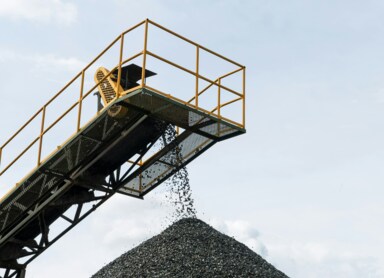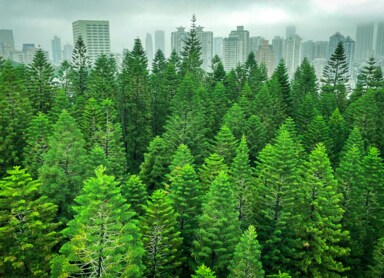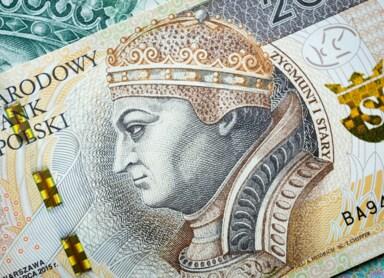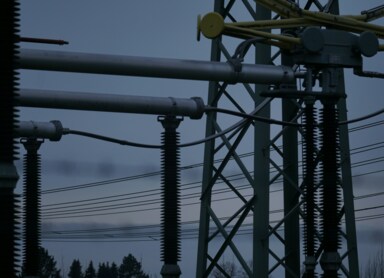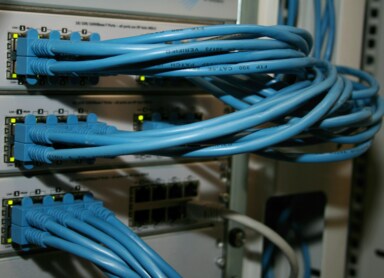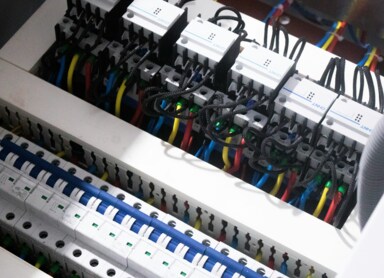Upcycling - what is it, what are some examples of it?
By reusing the same materials, the production of polluting waste can be reduced. In addition to the commonly recognised recycling, upcycling is also used. What is upcycling and how can it be used in practice?
Upcycling - what is it and how does it work?
Data quoted by the Polish Press Agency shows that the average Pole produced 358 kg of municipal waste in 20221. It also turns out that we are throwing away more and more stuff every year. Unfortunately, little more than a quarter of all waste is recycled. Compared to the average level of the rest of the European Union, where recycling already reached almost 50% three years ago2 , we as a country are definitely at the bottom of the pile. Increasing environmental pollution is only one aspect of the problem. It is also worth mentioning the unnecessary expenses and rising costs of business.
The production of waste affects both individual consumers and companies that throw away packaging, used mobile phones, laptops, furniture or office supplies. The philosophy of sustainability involves not only reducing the use of conventional energy sources in favour of renewable energy sources (RES), but also recycling. However, this is not the only method of reusing materials and raw materials. Upcycling is considered a 'higher form of recycling'. What is this?
Upcycling involves producing products with a higher value from used materials than the original raw materials had. It is placed in opposition to downcycling, which is the production of products with a lower value. As a result of upcycling, it is possible to produce goods that can then be sold and satisfy the needs of even demanding consumers.
Examples of upcycling - inspiration and ideas for using waste materials
Although upcycling has not yet become as popular as recycling, there are already companies on the market that specialise in this type of processing:
- Novoloop recycles plastic products to create specialised composites;
- Startup Carbogenics produces carbon adsorbents from products such as disposable coffee cups;
- The Upcycle Company specialises in making elegant furniture from wooden waste.
Still other solutions include, for example, the conversion of waste generated by animal husbandry and crop cultivation into cosmetics, biofuel and soil fertilisers. Brands that are more familiar to Polish consumers include the Orange telecoms network, which uses parts of used phones to produce promotional jewellery. IKEA, on the other hand, produces laptop covers from advertising materials.
Upcycling and recycling - differences and similarities
Upcycling of waste stands close to recycling. What do they have in common and what separates them? First of all, both use upcycled materials for reprocessing. Both recycling and upcycling can also use a wide variety of materials, such as concrete, steel, aluminium, plastics (especially PET, PP, PBT and PLA), textiles, glass, paper and wood. At first glance, both are about something similar. Despite appearances, there are quite a few differences between recycling and upcycling:
- recycling consumes much more energy and is a more complex process than upcycling;
- upcycled products are of comparable or even higher quality than recycled ones, where often the individual materials are not separated sufficiently, so the value of the secondary product is lower;
- upcycling generates less toxic waste than recycling;
- the upcycling process is less automated than recycling, with the result that the end product is more expensive than recycling.
The ideal solution is to combine the two and upcycle the materials that were recycled in the first place.
How does upcycling contribute to environmental protection? Effects and benefits
The benefits of upcycling can hardly be overestimated. Re-using the same materials for a different purpose reduces the need for industrial production. In practice, this means less coal used for electricity generation, but also less water. Air pollution and greenhouse gas emissions are reduced.
The environment also benefits from less water pollution from waste and a reduction in the production of rubbish. On a broad scale, the reuse of materials facilitates the protection of nature and endangered species.
The economic benefits of upcycling
More and more companies see upcycling as a profit opportunity and these expectations are not unreasonable. It is worth remembering that upcycled items can be treated as an additional source of revenue. A company can sell them to increase its profit. There are platforms such as re.statement on the internet that function as a marketplace for displaying goods made from reprocessed products.
This is also a way to increase brand recognition and build brand image as a company that consciously invests in ecology and 'green solutions'. Thoughtful and transparent actions help to stand out from the competition, as the upcycling process is only just gaining popularity. Pioneering actions can foster shareholder attention, which will contribute to faster business growth.
It is also important to mention that activities aimed at recycling or upcycling are part of the philosophy of sustainable development. If your company has been regulated under CSRD3 and is obliged to periodically publish reports on, among other things, environmentally friendly activities, upcycling, for example, can be referred to for this purpose.
Upcycling in practice - successes and challenges of implementation
We will certainly have to wait a long time yet for upcycling to be applied on a scale comparable to recycling. Nevertheless, the company examples cited above show that such a strategy works, is successful and can be applied on an international scale. Why is upcycling difficult to implement?
First of all, upcycling requires a creative idea that will be approved by the market and the audience. Practice shows that this kind of action is often implemented by startups such as Sortera, Allonnia, Mi Terro or ProteinDistillery. The economic and legal peculiarities of startups mean that they are often projects that do not succeed on a large scale.
Due to the fact that upcycling does not allow for clichés, the costs of implementing it - as a technology - are often high, requiring specialised infrastructure, expensive machinery and often human talent. This is one of the reasons why recycling is much more popular. After all, it is easier to turn waste paper into toilet paper than it is to make children's toys out of plastic bottle stoppers.
It is conceivable that, over time, upcycling will become part of the green revolution in the same way that photovoltaics, heat pumps or other RES installations are. By combining these technological solutions, a company's negative impact on the environment can be significantly reduced, while at the same time helping to improve its image and economic situation.
1. https://samorzad.pap.pl/kategoria/srodowisko/polacy-wytwarzaja-coraz-wiecej-smieci-wskaznik-recyklingu-bez-zmian [dostęp: 24.04.2024 r.]
2. https://www.europarl.europa.eu/pdfs/news/expert/2018/4/story/20180328STO00751/20180328STO00751_pl.pdf [dostęp: 24.04.2024 r.]
3. https://eur-lex.europa.eu/legal-content/PL/TXT/?uri=CELEX%3A32022L2464
